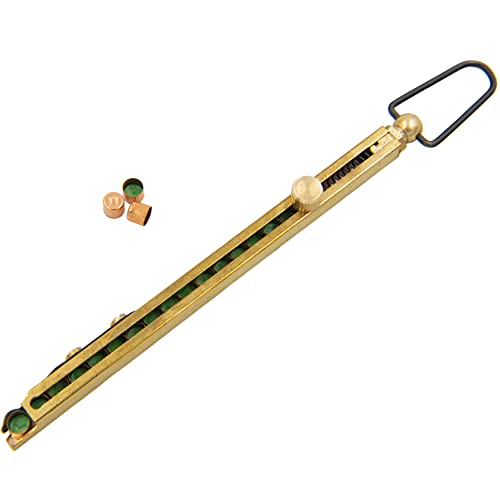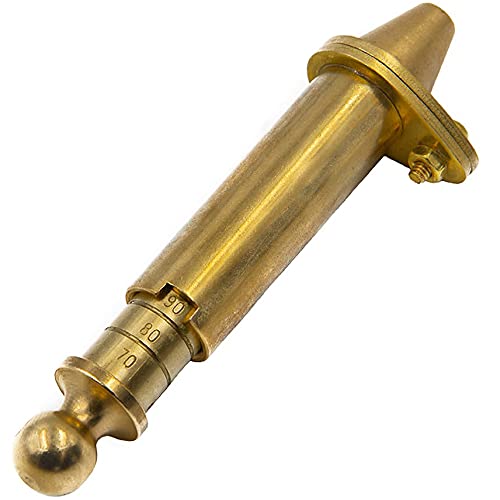I was talking with a local shop that blues parts and we started discussing tank temperature, since the thimbles are soldered to the rib on these rifles.
The Lyman users guide states that most hot browning is 212-260 degrees and should present no problem if the person is careful. The person with whom I am working states that at this altitude, he finds that he needs to run his tank at 300 degrees.
Does anyone know if this will be too warm?
The Lyman users guide states that most hot browning is 212-260 degrees and should present no problem if the person is careful. The person with whom I am working states that at this altitude, he finds that he needs to run his tank at 300 degrees.
Does anyone know if this will be too warm?

























